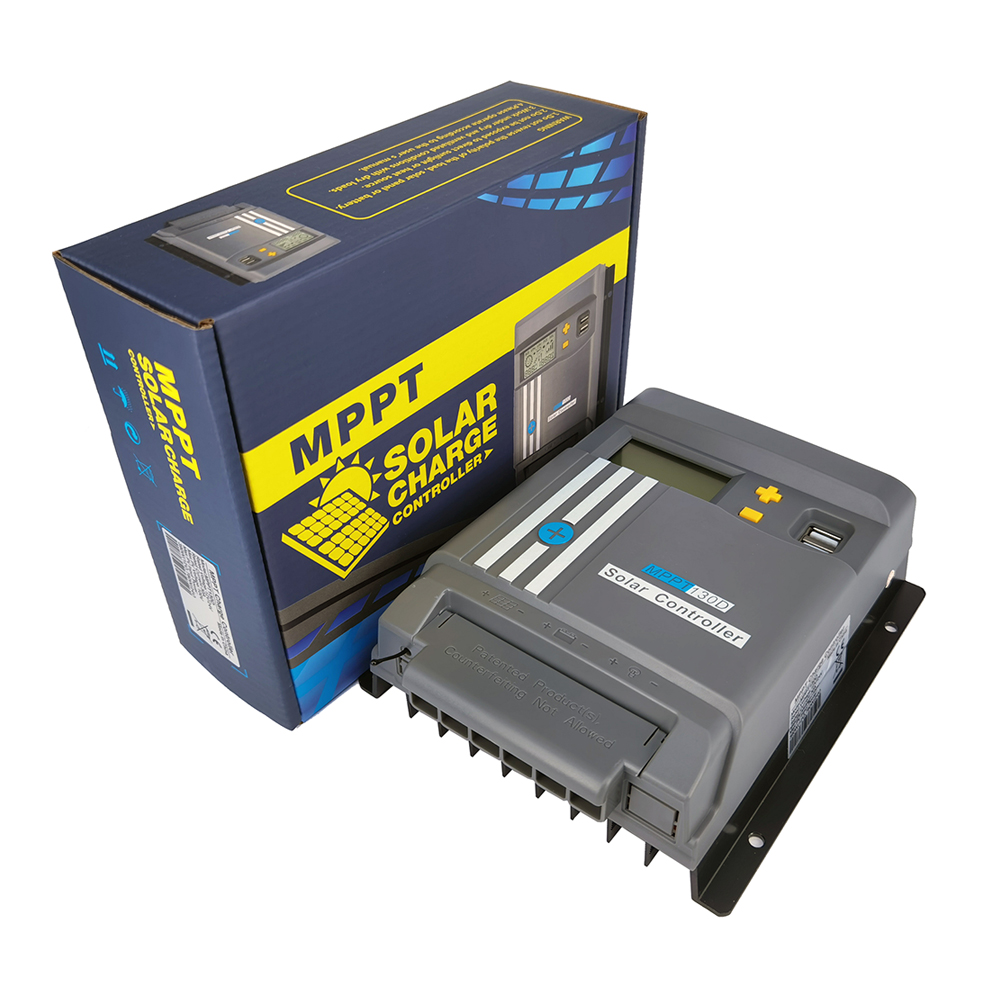NEWS
Principle of MPPT regulator
- Categories:mppt regulator
- Time of issue:2022-03-18 10:05
- Views:
(Summary description)To charge the battery, the output voltage of the solar panel must be higher than the current voltage of the battery, if the voltage of the solar panel is lower than the voltage of the battery,
Principle of MPPT regulator
(Summary description)To charge the battery, the output voltage of the solar panel must be higher than the current voltage of the battery, if the voltage of the solar panel is lower than the voltage of the battery,
- Categories:mppt regulator
- Time of issue:2022-03-18 10:05
- Views:
To charge the battery, the output voltage of the solar panel must be higher than the current voltage of the battery, if the voltage of the solar panel is lower than the voltage of the battery, the output current will be close to 0. Therefore, for the sake of safety, when the solar panel is manufactured, the peak voltage (Vpp) of the solar panel is about 17V, which is set based on the standard when the ambient temperature is 25°C. When the weather is very hot, the peak voltage Vpp of the solar panel will drop to about 15V, but in cold weather, the peak voltage Vpp of the solar energy can reach 18V.

Let's go back and compare the differences between MPPT solar conditioners and traditional solar conditioners. The traditional solar charge and discharge regulator is a bit like a manual gearbox. When the engine speed increases, if the gear of the gearbox is not increased accordingly, it will inevitably affect the speed of the vehicle. But for the MPPT solar regulator, the charging parameters are set before leaving the factory, that is to say, the MPPT regulator will track the maximum power point in the solar panel in real time to exert the maximum effect of the solar panel. The higher the voltage, the more power can be output through maximum power tracking, which improves the charging efficiency.
In this sense, MPPT solar charge and discharge regulators are bound to eventually replace traditional solar regulators





